Contents
- 1 Understanding Water Contamination in Your Oil Tank
- 2 Condensation in Your Heating Oil Storage Tank
- 3 Impacts of Water Contamination in Home Oil Tanks
- 4 Preventive Measures and Expert Maintenance
- 5 Water in Oil Tank: Frequently Asked Questions
- 5.1 How Can I Identify Hidden Water in a Buried Oil Tank?
- 5.2 Is Water in My Oil Storage Tank Dangerous to My Heating System?
- 5.3 What Are the Signs of Water-Induced Fuel Contamination in My Tank?
- 5.4 What Maintenance Steps Can Improve My Tank’s Moisture Protection?
- 5.5 Do Newer Oil Tanks Have Better Protection Against Water Intrusion Than Older Models?
- 6 Conclusion
- 7 Reach Out to Noonan Energy for Reliable Heating Oil Delivery Services
Water accumulation in your oil tank can cause significant damage and disrupt your heating system’s efficiency. At Noonan Energy, we are your trusted heating oil specialists in Massachusetts and Connecticut. We are dedicated to helping homeowners identify the root causes of water in oil tank and offering effective solutions to safeguard their heating systems.
This article explores the common causes of water contamination, including condensation within the tank and external leaks, and outlines practical steps to maintain fuel quality and avoid expensive damage. You can make sure your system stays clean and operates efficiently year-round by implementing the proper measures.
Ensure Consistent Heating Oil Delivery: Keep your tank full and prevent moisture build-up—contact Noonan Energy today!
Understanding Water Contamination in Your Oil Tank
Water in your oil tank can originate from multiple sources, and identifying these causes is crucial to preventing damage. Let’s examine how water enters your tank and the steps you can take to tackle these problems effectively.
Condensation in Your Heating Oil Storage Tank
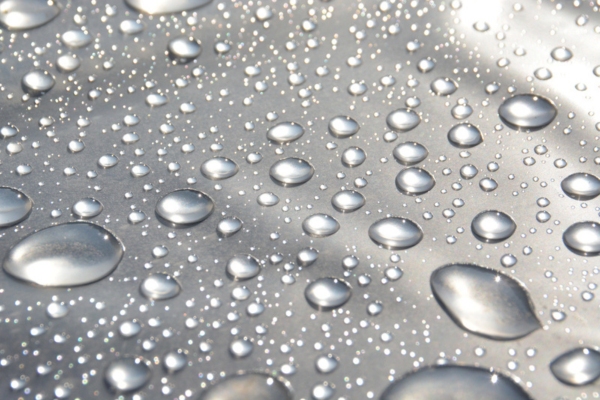
Condensation occurs when water vapor in the air cools and turns into liquid water, often seen as droplets on a surface. Moisture buildup in heating oil tanks is not a widespread problem, but it can occur under certain conditions. Over time, this small amount of moisture could contribute to minor wear inside the tank.
What Customers Should Know
For most customers, especially those on automatic delivery, this is not a concern. Automatic delivery helps keep tanks at consistent levels, minimizing the chance of moisture problems.
For will-call customers, however, allowing the tank to run too low can make it more susceptible. That’s why we recommend placing an order when your tank reaches about one-quarter (25%) full.
Simple Preventive Steps
- Sign up for automatic delivery – it’s the easiest way to avoid running too low and gives you complete peace of mind.
- If you are a will-call customer, order at 1/4 tank instead of waiting until the last minute.
- Schedule regular service tune-ups to keep your system and tank in top condition.
Safeguard Your System with Professional Oil Tank Services: From thorough services to expert installations, Noonan Energy is here to help—contact us today!
Compromised Oil Storage Tank: Faulty or Missing Filler & Vent Caps
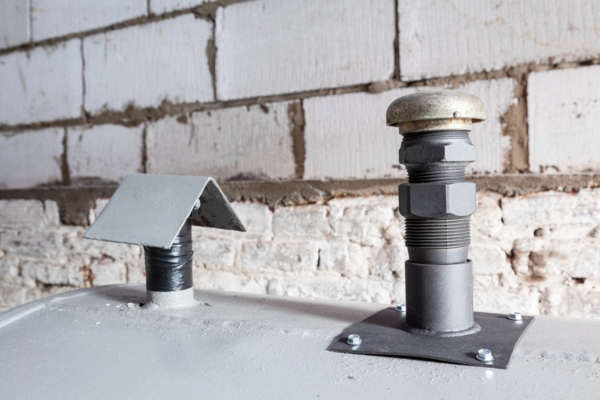
A compromised fuel oil storage tank, caused by damaged or missing filler cap seals and vent caps, can lead to moisture entering the system. When the gaskets around the filler opening are worn, rainwater and melting snow can infiltrate, introducing unwanted moisture into the tank.
Additionally, improperly fitted or absent vent caps on the breathing vents and fill ports can increase the risk of moisture seepage. These gaps in the tank’s seals create an entry point for humid air and water, leading to oil contamination.
When zinc flappers become clogged or corroded, they no longer prevent moisture from entering the tank, weakening its structure and potentially causing lasting damage. Routine service of the oil tank breathers and seals is crucial to avoiding moisture-related complications.
Invest in a Reliable New Oil Storage Tank: Replace your old unit with a durable, high-quality model—contact Noonan Energy today!
Structural Damage and Weld Failures in Heating Oil Tanks
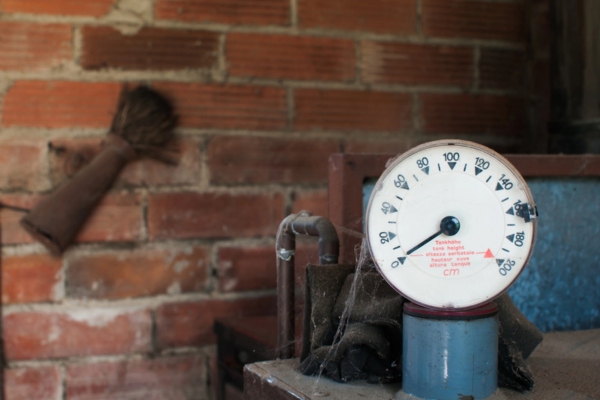
Corrosion is a primary factor contributing to structural damage in heating oil tanks. Rust that forms beneath paint or insulation can create pinholes and cracks, allowing moisture to infiltrate the tank and contaminate the oil. Another critical issue is weld seam failures. Stress points at factory seams and repair welds are especially vulnerable to cracking over time, which can eventually lead to leaks.
Additionally, mechanical damage, like accidental impacts or shifts in the foundation, can lead to fractures in the tank walls. These structural issues, including corrosion cracks and weld seam leaks, undermine the tank’s integrity and may result in expensive repairs and fuel contamination.
Ensure Steady Comfort with Reliable Oil Deliveries: Schedule your next heating oil delivery with Noonan Energy today!
External Water Infiltration in Fuel Oil Tanks
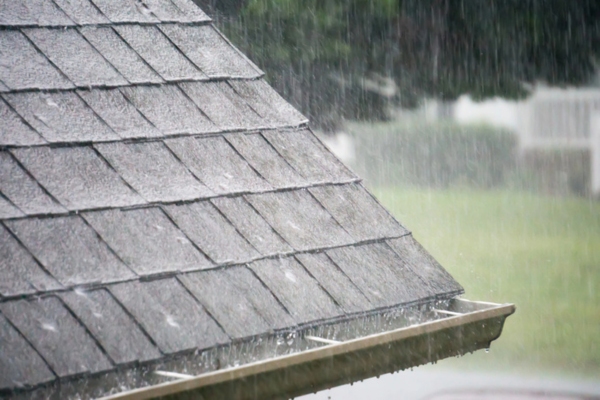
External water can enter a fuel oil tank in various ways, resulting in contamination. Events like basement flooding or heavy rainfall can surround the tank, causing floodwater to seep into the oil through gaps or damaged seals.
For underground tanks, high water tables can result in groundwater penetrating through unsealed tank walls, leading to considerable contamination. Poor drainage around the tank, often caused by improper grading or the absence of effective gutter systems, can worsen this problem by allowing water to accumulate around the tank. This increases the likelihood of leaks and moisture entering the tank. Ensuring proper drainage around the oil tank protects against water infiltration and maintains fuel quality.
Avoid Interruptions with Regular Oil Deliveries: Keep your tank full and moisture-free all season—contact Noonan Energy today!
Environmental and Location-Based Factors
Environmental conditions and the tank’s location are crucial in water infiltration. In high-humidity regions, such as coastal or tropical areas, oil tanks are exposed to increased moisture, resulting in higher condensation levels. Tanks placed near areas with naturally high humidity, like laundry rooms or bathrooms, are especially prone to moisture accumulation, as the elevated indoor humidity can significantly contribute to water buildup in the tank.
Seasonal temperature fluctuations further increase the likelihood of condensation, as rapid shifts between hot and cold air cause moisture to form on the tank’s surfaces. By understanding how climate factors and indoor humidity contribute to moisture buildup in oil tanks, homeowners can take proactive measures to prevent internal water accumulation and protect fuel quality.
Impacts of Water Contamination in Home Oil Tanks
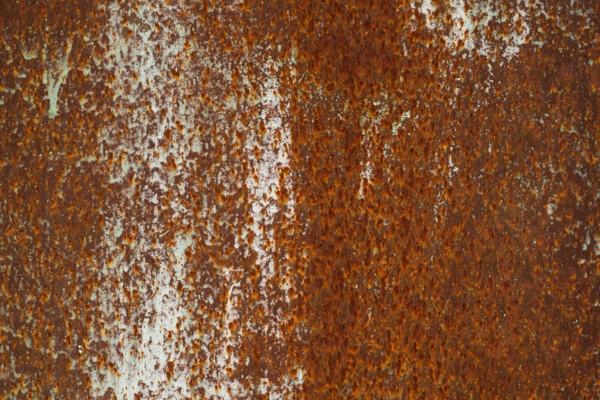
Water contamination in an oil tank can cause serious problems for the tank and the heating system. The main consequences include:
- Microbial Growth and Sediment Formation: Water accumulating at the bottom of the tank creates an environment for microbes, particularly the “diesel bug.” These microorganisms thrive in the moisture, leading to microbial growth and sediment buildup, which can clog filters and interfere with the fuel flow.
- Corrosion and Pitting in Heating Oil Tanks: Trapped moisture accelerates rust formation inside the tank, causing corrosion and pitting of the tank’s walls. This process weakens the tank’s structure, leading to potential leaks and diminishing its long-term durability. It’s a direct consequence of moisture-induced corrosion.
- Oil Heating System Performance Problems: Water contamination can result in clogged filters, burner misfires, and decreased heating efficiency. These issues can lower the system’s performance, increasing the need for repairs and raising maintenance costs. Such problems are common consequences of oil tank contamination and can severely impact home heating.
Complete Oil Tank Replacement Solutions: Rely on Noonan Energy for smooth installations and lasting peace of mind—contact us today!
Preventive Measures and Expert Maintenance
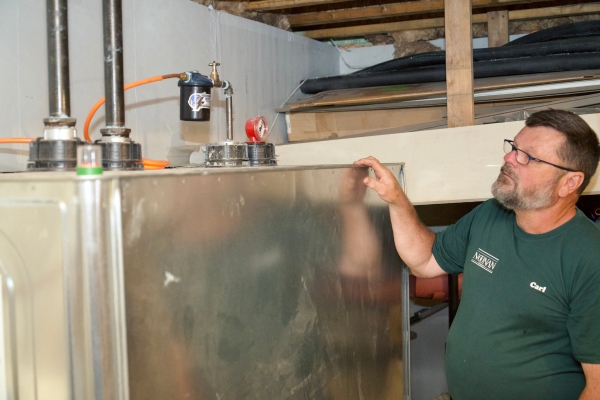
Taking proactive measures to care for your oil tank can help prevent water contamination and extend the life of your heating system. By following these maintenance tips, you can avoid major issues and keep your tank running efficiently:
- Keep Heating Oil Levels at Optimal Capacity: Maintain your tank at least 20%-25% full to reduce headspace moisture and lower the risk of condensation. This minimizes excess air entering the tank, which could trap moisture.
- Install High-Quality Breathers and Filters: Desiccant breathers and water-separating filters on the fill and fuel lines are practical tools for preventing moisture from entering the tank. These systems help ensure cleaner fuel by removing moisture before it can contaminate the oil.
- Inspect Your Oil Tank: Regular checks of seals, vents, and structural integrity allow you to spot any potential issues and correct them.
Preserve Fuel Quality All Year Long: Pair your heating oil delivery with expert tank services—reach out to Noonan Energy today!
Water in Oil Tank: Frequently Asked Questions

How Can I Identify Hidden Water in a Buried Oil Tank?
Expert technicians utilize specialized equipment, such as water-detecting paste on dipsticks and electronic moisture probes, to identify water layers without excavating the tank. These tools enable precise detection of water buildup at the tank’s bottom, allowing you to address contamination before it impacts your burner.
Is Water in My Oil Storage Tank Dangerous to My Heating System?
Yes, even small amounts of water can cause significant damage. Water encourages microbial growth, known as the “diesel bug,” which creates sediments that clogs filters and injectors. If left unresolved, it can also corrode pump seals and nozzle assemblies, leading to misfires, inefficient combustion, and costly repairs or system failure.
What Are the Signs of Water-Induced Fuel Contamination in My Tank?
Watch for these warning signs:
- Cloudy or Layered Fuel Samples: When drawing a sample with a clear syringe, you may notice distinct water or sediment layers.
- Frequent Filter Blockages: If filters clog quickly despite being new, it could indicate the presence of water-borne debris or microbial sediments.
- Sooty or Yellow Flames: Changes in flame color, such as a sooty or yellow tinge, can point to water in the fuel, causing poor combustion and smoky exhaust.
- Inconsistent Burner Cycling: Irregular or hard starts, along with short, uneven burner runs, may suggest that water is disrupting steady fuel flow.
Prevent Expensive Damage: Replace corroded tanks before they cause serious issues—schedule your oil tank replacement with Noonan Energy today!
What Maintenance Steps Can Improve My Tank’s Moisture Protection?
- Maintain Optimal Fill Levels: Keeping your tank 20%-25% full reduces the headspace where humid air can condense, minimizing moisture buildup.
- Enhance Ventilation & Insulation: Install exhaust fans or use dehumidifiers in the tank room, and consider adding tank jackets or foam insulation to stabilize temperature fluctuations.
- Install Desiccant Breathers & Water-Blocking Filters: These tools capture moisture before it can enter the tank or fuel line, helping prevent water contamination.
- Use Fuel Additives: Follow manufacturer guidelines for adding anti-condensation and biocide additives, which help bind free water and prevent microbial growth. These additives work alongside physical moisture controls to offer thorough protection.
Do Newer Oil Tanks Have Better Protection Against Water Intrusion Than Older Models?
Yes. Newer tanks typically feature seamless, factory-welded construction, corrosion-resistant internal coatings, and advanced vent-cap designs with built-in moisture barriers. These improvements reduce the chances of seepage and condensation compared to older steel or uncoated tanks, significantly lowering the risk of water entering the system.
Conclusion
Water can infiltrate your oil tank through condensation, damaged caps, structural issues, and unfavorable site conditions. These factors contribute to heating oil contamination and reduced system efficiency, making proactive prevention essential for keeping your heating system reliable.
Worried About Water in Your Oil Tank? Reach out to Noonan Energy in Massachusetts and Connecticut today for a trusted oil-heat solutions. Let our local oil tank specialists safeguard your heating system and ensure it operates efficiently.
Rely on Noonan Energy, Your Local Heating Oil Experts: Book your next oil delivery today for reliable warmth all season long. Contact us now!
Reach Out to Noonan Energy for Reliable Heating Oil Delivery Services
Noonan Energy is dedicated to keeping homes and businesses across Massachusetts and Connecticut warm and comfortable with our dependable heating oil delivery services. We prioritize fast, efficient delivery of high-quality heating oil to ensure you stay cozy without any hassle. Our dedication to excellent service means we offer competitive pricing and clear, straightforward services, always focusing on your comfort.
Noonan Energy provides a range of heating oil delivery plans and flexible financing options that allow customers to tailor their fuel delivery to meet their needs. We guarantee customized service to ensure your home stays warm and comfortable throughout the winter.
Beyond heating oil delivery, Noonan Energy offers comprehensive HVAC services, making us your one-stop provider for all your home comfort needs. Whether you need installation, maintenance, or emergency repairs, we have you covered with our full range of HVAC services.
By choosing Noonan Energy, you’re partnering with a trusted provider known for reliable, dedicated service and a strong commitment to customer satisfaction. Join the many who rely on us in the community—contact us today to get started!
Click here to contact us today or give us a call at (800) 343-8829 if you have any questions. Click the link to view our service area.

Related Articles:

